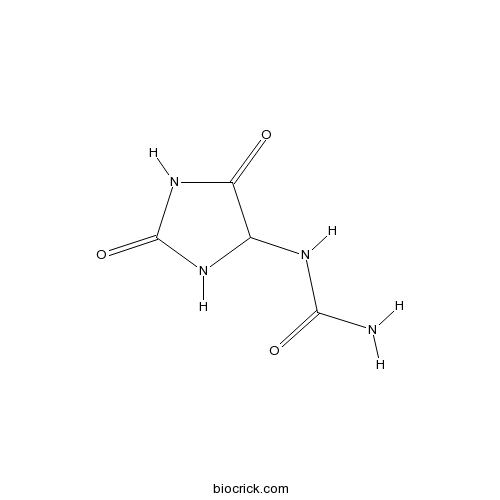Cymbopogon distans
Cymbopogon distans
1. The products in our compound library are selected from thousands of unique natural products; 2. It has the characteristics of diverse structure, diverse sources and wide coverage of activities; 3. Provide information on the activity of products from major journals, patents and research reports around the world, providing theoretical direction and research basis for further research and screening; 4. Free combination according to the type, source, target and disease of natural product; 5. The compound powder is placed in a covered tube and then discharged into a 10 x 10 cryostat; 6. Transport in ice pack or dry ice pack. Please store it at -20 °C as soon as possible after receiving the product, and use it as soon as possible after opening.
Natural products/compounds from Cymbopogon distans
- Cat.No. Product Name CAS Number COA
-
BCN4527
Allantoin97-59-6
Instructions

Attraction behaviour of Anagrus nilaparvatae to remote lemongrass (Cymbopogon distans) oil and its volatile compounds.[Pubmed: 28503948]
Utilisation of Anagrus nilaparvatae is a promising and effective method for planthoppers manipulation. Twenty-seven components of remote lemongrass (Cymbopogon distans) oil were identified by GC/MS and nine volatiles were selected for behavioural experiments. In this study, we noted that the remote lemongrass oil was attractive to female A. nilaparvatae at concentrations of 0.1 and 1 mg/L. α-Pinene, β-pinene, eucalyptol, carveol and D-carvone attracted female wasps in the dose-dependent bioassays. Blend 1 (a mixture of eucalyptol, D-carvone, carveol, α-pinene, and β-pinene with ratios of remote lemongrass oil volatiles of 625:80:11:5:3) attracted female wasps at 10 mg/L, while blend 2 (a mixture of the same five volatiles at the same loading ratio) attracted them at 0.1 and 1 mg/L. These results suggested that plant essential oils could be attractants for natural enemies to control pests. The ratios of volatiles in the mixtures affect the attractiveness of the synthetic mixtures.
Repellent constituents of essential oil of Cymbopogon distans aerial parts against two stored-product insects.[Pubmed: 21819085]
The screening for bioactive principles from several Chinese medicinal herbs showed that the essential oil of Cymbopogon distans aerial parts possessed strong repellency against the booklouse, Liposcelis bostrychophila , and the red flour beetle, Tribolium castaneum . A total of 36 components of the essential oil were identified by GC and GC-MS. trans-Geraniol (16.54%), (R)-citronellal (15.44%), (+)-citronellol (11.51%), and α-elemol (9.06%) were the main components of the essential oil followed by β-eudesmol (5.71%) and (+)-limonene (5.05%). From the essential oil, four monoterpenes were isolated by bioassay-guided fractionation. The compounds were identified as limonene, citronellol, citronellal, and trans-geraniol. Geraniol and citronellol were strongly repellent against the booklouse, L. bostrychophila, whereas citronellal and limonene exhibited weak repellency against the booklouse. Geraniol and citronellol exhibited comparable repellency against the booklouse relative to the positive control, DEET. Moreover, geraniol and citronellol exhibited stronger repellency against the red flour beetle than DEET, whereas the two other compounds showed the same level of repellency against the red flour beetle compared with DEET.


